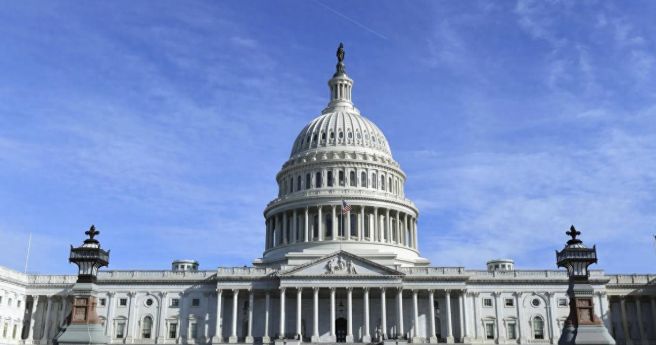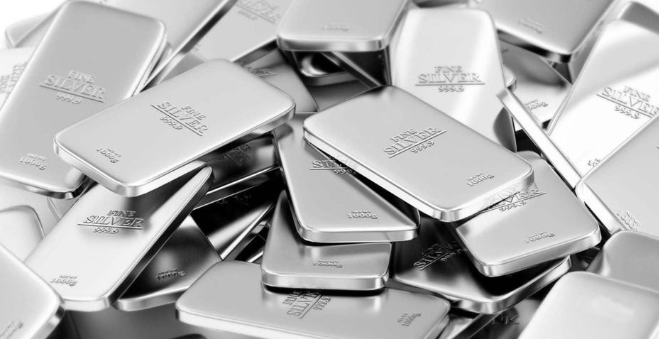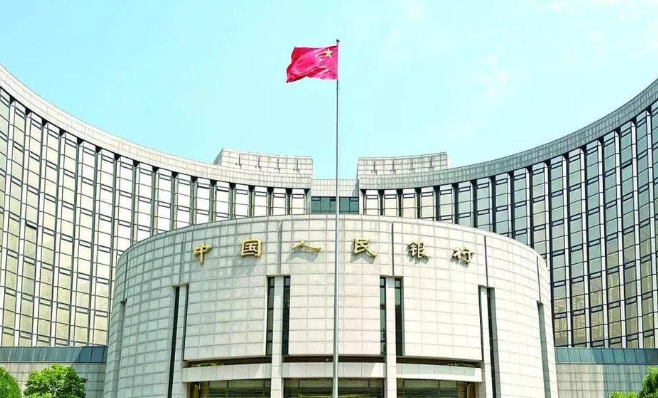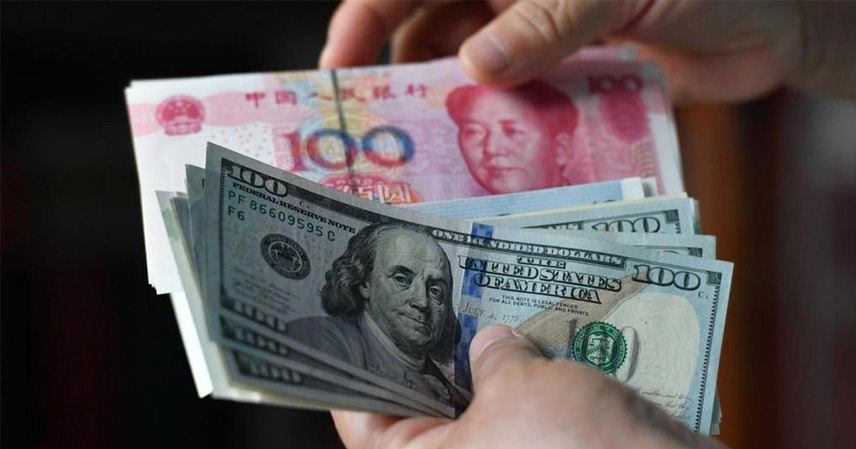On September 17, 2025, the U.S. Federal Reserve cut its benchmark rate by 25 basis points, lowering the target range from 4.25%–4.50% to 4.00%–4.25%. This was the first cut in nine months. Chair Jerome Powell cited a weakening labor market, with unemployment ticking up to 4.2%, as a key driver. The Fed’s dot plot suggested as many as three rate cuts in 2025, totaling 75 basis points, with another 50 bps possible before year-end.
Markets reacted instantly: the U.S. Dollar Index slipped 0.5% the same day, and Treasury yields shifted sharply. The move exposed the Fed’s balancing act—trying to contain inflation while supporting jobs—against the backdrop of a ballooning national debt.

U.S. Debt Pile: Who Will Buy?
In 2025, the U.S. faces $9.2 trillion in maturing Treasuries, one-third of the market, plus $1.8 trillion in new issuance—a total of $12 trillion that must find buyers. Yet foreign appetite is shrinking: overseas holdings have dropped from 35% in 2015 to just 23% in 2025.
- China cut its holdings by $25.7 billion, down to $730.7 billion.
- Japan and the U.K. increased slightly, but not enough to offset the trend.
- July auction demand was 30% weaker, raising rollover risks.
To maintain liquidity, the Treasury has resorted to daily $4 trillion repo operations, while monthly deficits reached $307 billion. In 2025, total spending hit $7 trillion against just $5 trillion in revenue, leaving a $2 trillion gap. Domestic investors, who hold $24.4 trillion in Treasuries, are also showing caution.
With the debt ceiling lifted by $5 trillion in July to $41.1 trillion, total federal debt now stands at $36.2 trillion, with $28.9 trillion held by the public. The imbalance between supply and demand remains unresolved.

De-Dollarization Momentum
The debt spiral fuels a larger challenge: de-dollarization. The U.S. dollar’s share of global FX reserves fell from 45% in 2019 to 38% in 2025, while SWIFT data shows its share of global payments down to 57.8%.
- BRICS trade has grown 20% year-on-year, with local-currency settlement now at 4.6%.
- Southeast Asian economies are partnering with BRICS to reduce dollar reliance.
- Following the July BRICS Summit in Rio, Brazil’s central bank ramped up gold reserves, while Russia and China continue large-scale purchases.
A J.P. Morgan report warns that the dollar’s reserve currency status is under threat. Central banks are hedging with gold and silver, diversifying away from U.S. debt exposure.
Gold: The Premier Hedge Asset
Gold prices surged in 2025:
- September 23: Spot gold hit $3,790.82/oz, up 41% from $2,620 at the start of the year.
- September 24: Slight pullback to $3,734.58, but still up 10.3% for the month.
- COMEX December futures rose 1.7% to $3,747.08.
Analysts forecast gold may hit $4,000 soon, with Bank of America predicting a test of $5,000. The Shanghai Gold Exchange opened at ¥843/gram on September 18, signaling global strength.
Gold’s rise is fueled by falling dollar yields, debt concerns, and central bank buying. The S&P 500 reached 6,664.36 in September, but gold outpaced equities with a steadier trajectory.
Silver: The Industrial and Monetary Story
Silver has quietly outperformed gold:
- Prices jumped from $39 to $44.98/oz on September 24, an 8% gain over gold.
- September 25: LME prices broke $45, a 14-year high.
Drivers include:
- Central bank interest: Russia announced a $535 million silver reserve plan (2025–2027), the first large-scale sovereign silver program in 150 years.
- Saudi Arabia bought $30.5 million in SLV ETF shares and silver miners, a major shift from its gold-only strategy.
- Industrial demand: Solar panels, EVs, and data centers require vast amounts of silver. In 2025, demand is projected to exceed supply by 117.6 million ounces, marking the sixth consecutive deficit.

With solar silver paste consumption exceeding 200 million ounces annually, silver’s dual role as both industrial metal and monetary hedge positions it for further gains.
Ray Dalio’s Call: Hedge with Gold and Silver
Bridgewater founder Ray Dalio has long warned about America’s debt spiral. In September, he stressed that with U.S. debt at $37.5 trillion and deficits widening, Treasuries will face worsening supply-demand strains. His advice: allocate 10% to gold and 4–5% to silver as portfolio insurance.
Bridgewater itself bought $319 million in GLD in Q1. Dalio emphasized that gold, silver, and even crypto offer value in a world of fiscal stress, geopolitical risk, and technological disruption.
Conclusion: A Turning Point in Global Finance
The Fed’s September rate cut highlighted cracks in the U.S. economy, but the deeper story is the shrinking confidence in U.S. debt and the dollar. With gold nearing record highs and silver emerging as a strategic asset, central banks and investors alike are repositioning.
The question is no longer whether de-dollarization is happening, but how fast it will reshape the global financial order.
References
- U.S. Federal Reserve policy statements, September 17, 2025
- U.S. Treasury debt auction data (July 2025)
- SWIFT global payments report (2025)
- J.P. Morgan Global Markets Outlook, 2025
- COMEX and LME metals price data, September 2025



